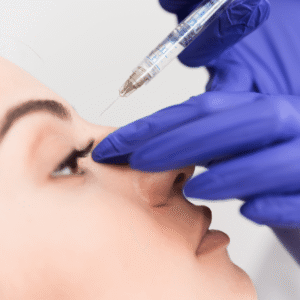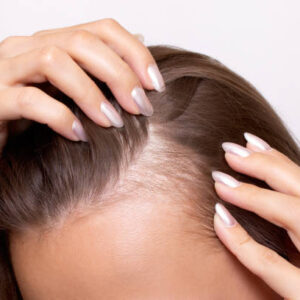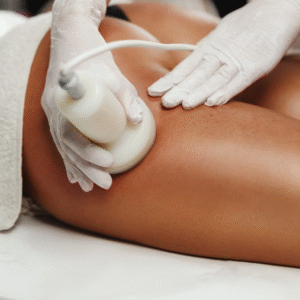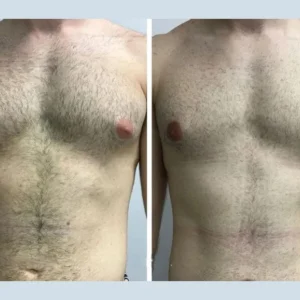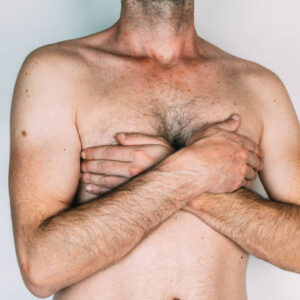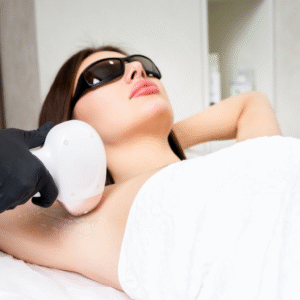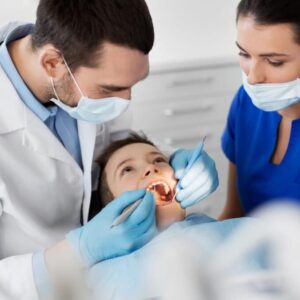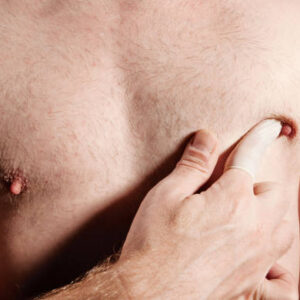One of the most overlooked but critical parts of recovery after a hair transplant in Dubai is how you sleep. Your sleeping position can directly affect the healing process, comfort levels, and even the final outcome of your transplant. Dubai’s warm climate and fast-paced lifestyle make good rest even more essential.
In this article, we’ll share practical sleeping tips tailored for patients recovering from a hair transplant in Dubai.
Why Sleep Position Matters After a Hair Transplant
In the first 7–10 days post-surgery, your newly transplanted grafts are extremely delicate. During this time, poor sleep habits can:
-
Cause unintended pressure on the grafts
-
Lead to friction and dislodgement
-
Increase swelling, especially on the forehead and around the eyes
Proper sleep ensures a more comfortable recovery and reduces the risk of complications.
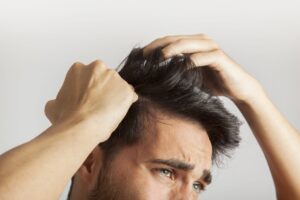
The Best Sleeping Position: Elevated and on Your Back
Your sleeping posture should focus on keeping your head elevated and avoiding any contact with the transplanted area. Here’s how to do it:
-
Sleep on your back, never your stomach or side
-
Keep your head elevated at a 30–45 degree angle using 2–3 pillows
-
Consider using a neck pillow to prevent rolling during the night
-
Use a travel pillow or soft towel around your neck for extra support
This posture reduces swelling and keeps you from accidentally touching or rubbing the transplanted zone.
How Long Should You Sleep Like This?
You’ll need to follow these sleeping precautions for about 7–10 days after surgery. This is when the grafts are most vulnerable. After that, your surgeon may allow a return to your normal sleeping habits, depending on how well you’re healing.
Tips for Sleeping Well in Dubai’s Climate
Dubai’s warm nights and air-conditioned interiors can both affect your sleep quality. Try these localized tips:
-
Keep your room cool, but not freezing (22–24°C is ideal)
-
Use a humidifier to prevent your scalp from drying out overnight
-
Choose breathable, clean pillowcases—silk or cotton are great options
-
Avoid heavy blankets that cause sweating, which may irritate the scalp
-
Stay hydrated throughout the day to promote tissue repair at night
Additional Sleep Tips to Protect Your Grafts
-
Avoid tossing and turning: Try melatonin (if approved by your doctor) or calming teas before bed.
-
Keep pets off the bed: Animal dander and movement can interfere with healing.
-
Wear a medical cap or headband only if instructed: Some clinics in Dubai provide protective gear for the first few nights.
-
Sleep in a recliner chair if you struggle to stay on your back.
What Not to Do During Sleep Recovery
Avoid these common mistakes that can harm your transplant results:
-
Sleeping flat or face down
-
Using rough or dirty pillowcases
-
Scratching or rubbing the scalp in your sleep
-
Wearing tight caps or hats to bed (unless approved)
-
Taking sedatives or alcohol that may make you sleep too deeply and move unconsciously
What to Expect While Sleeping in the First Week
It’s normal to feel:
-
Mild soreness or tightness in the donor and recipient areas
-
Some oozing or spotting on pillowcases (use disposable covers or towel wraps)
-
Slight difficulty falling asleep due to the new position
These are temporary and usually resolve within the first 5–7 days.
Final Thoughts
Getting quality sleep in the right position is one of the easiest ways to protect your investment in a hair transplant in Dubai. With just a few changes to your sleep environment and habits, you can avoid graft damage, minimize swelling, and support faster healing.
As always, follow your surgeon’s instructions carefully and check with them before making any changes to your recovery routine.
